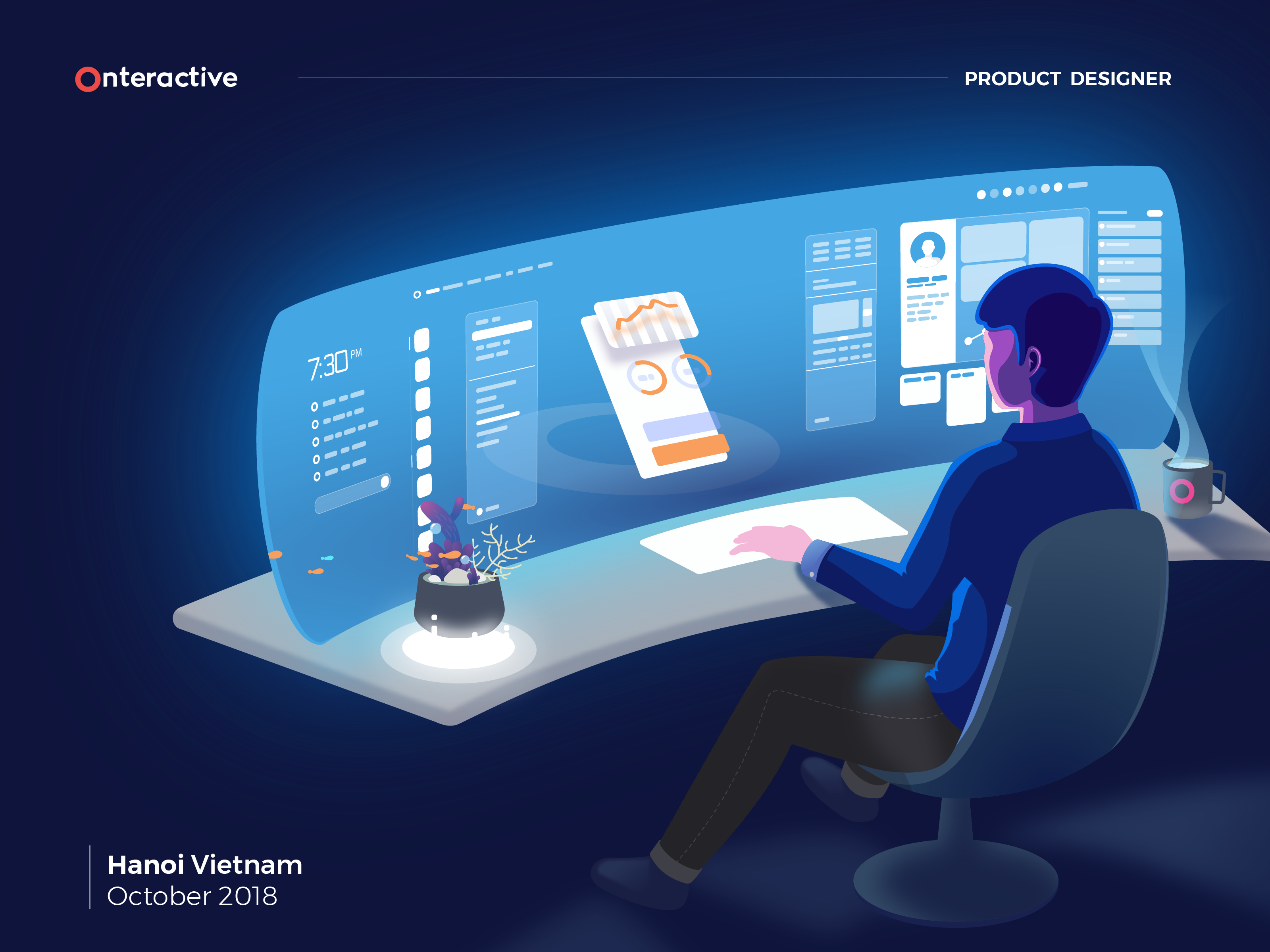E-Safety
E-Safety
E-Safety is associated with the use of internet, protecting people from harm while they are using technology so they don't put themselves at risk.
It also protects data relating to a living individual.
Personal data
Personal data is information about a recognized or identifiable person. Individual identification can be as basic as a name or a number, or it might incorporate other identifiers such as an IP address, a cookie identifier, or other characteristics. A person's telephone, credit card, or personnel number, account data, number plate, appearance, customer number, or address are all examples of personal data. Because the definition includes "any information," it follows that the word "personal data" should be defined as broadly as feasible.Social networks can be beneficial, but if not used carefully, they can lead to serious problems.
- Cyberbullying can occur when people have access to an individual on a social networking site, especially young people.
- Social networking sites can be used to spread false information about others, making it difficult to remove abusive comments.
- When using a social networking site, it is important NOT to create a personal profile that can be accessed by the public, as this could lead to identity theft.
- Employers may use social networks to assess applicants, even if inappropriate discussions or behavior are not recent.
- Users can be kidnapped, blackmailed
- Personal details can be stolen/ soldand much more...
Social networks can be beneficial, but if not used carefully, they can lead to serious problems.
- Cyberbullying can occur when people have access to an individual on a social networking site, especially young people.
- Social networking sites can be used to spread false information about others, making it difficult to remove abusive comments.
- When using a social networking site, it is important NOT to create a personal profile that can be accessed by the public, as this could lead to identity theft.
- Employers may use social networks to assess applicants, even if inappropriate discussions or behavior are not recent.
The importance of staying safe online cannot be overestimated. Always keep in mind that there are lots of dangerous people online. Many of them are very good at pretending to be someone and winning your trust.
Data can identify an individual, even without their name being associated with it.
There are so many ways to prevent these.
(Read the guidelines below, for useful tips on staying safe online. If you are concerned about anything you may have done online, please talk to a parent or trusted adult.)
- Secret is the first and one of the most important rules for online safety. Keeping personal information secret/ to yourself should become a second nature to online users
- Settings help you indicate whether or not you give consent for the collection, use and disclosure of your personal information. That's why it's important to choose and set privacy settings that you are comfortable with on all social media accounts, online services, devices and browsers.
- As a social media user, you have the right to report people who are being rude. And of course in using social media there are certain provisions such as not disclosing personal data. You have to think about who will see this post, what people will think, what impact it will have on you.
- A careless choice of username is an easy way to open yourself up to online predators. Never use your real name or a family member's name, your age, or any other personal information while deciding on a username.
In our personal opinion,
If you are not careful while on the internet, you may do something you will regret in the future.
There is not that much safety for the internet as things are still happening, for example; cyber bullying is still current today. There are many more ways to make the internet safer.
For example, we should avoid using our names for our usernames in games.
Schools can help, they should prohibit their students from posting activities that are not related to the school while wearing a school uniform. It is considered to invite danger and cause bad things to happen.
Hence, we have to use the internet carefully and effectively.





Comments
Post a Comment